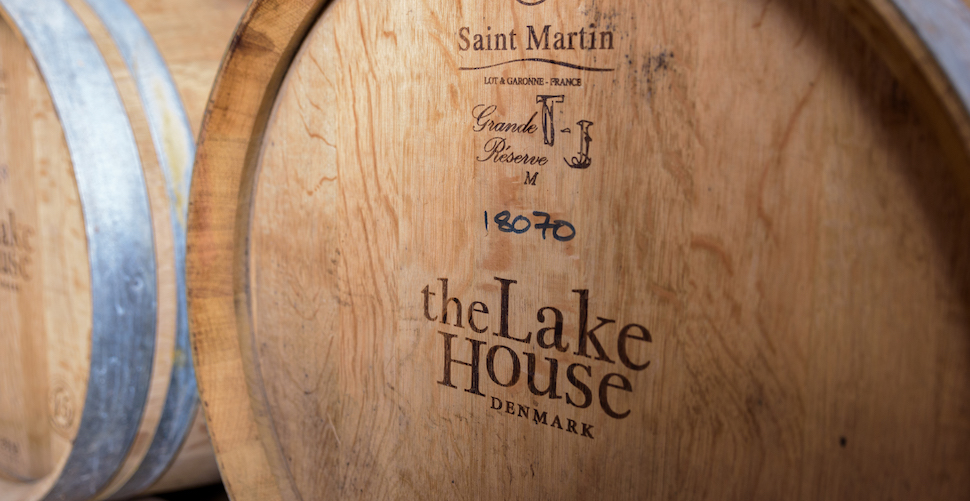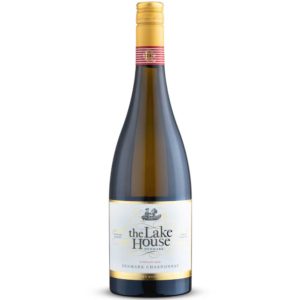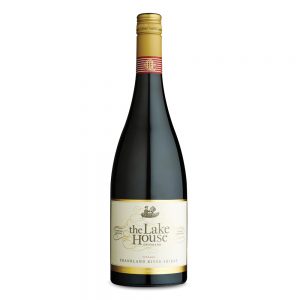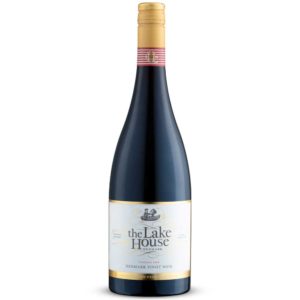Find out why we age wine in oak barrels
Some wineries choose to age wine in oak barrels, others in amphoras (clay pots) and some in stainless steel tanks. Here at The Lake House Denmark, our Great Southern, cool-climate wines mature in French and American oak barriques. They’ve been (and continue to be) used by wineries across the world, but why? Let’s find out.
What is barrel aging?
Barrel aging is part of the winemaking process and usually occurs between fermentation and bottling. It’s when our wines get some much needed rest – from a few months to many years – and have a chance to develop.
Oak barrels
In the past, oak barrels were used to store and transport wine. Nowadays we’ve got glass bottles, but oak barrels still have a very important role to play in the winemaking process. Nestled safely in French and American oak barrels, our drops are slowly exposed to oxygen, which assists with maturation; and the wood the barrels are made of, which impacts their flavour, aroma and complexity.
Make and toast
Made from staves, which are long pieces of oak fitted tightly together with metal hoops, oak barrels are toasted over a fire for varying amounts of time. New barrels with a light toast will emit vanilla and caramel notes into the wine, while a darker toast will produce more smoky, roasted aromas.
Size does matter
Along with make, the size of a barrel plays an incredibly important part in developing a wine’s taste. Smaller barrels impart more oak flavour as there is more contact between the wood and the wine, while larger barrels will give less of an oak influence. At the Lake House we use barriques – barrels that traditionally hold 225 litres of liquid.
French vs American oak
There are two main types of barrels used for winemaking: French and American oak. Over time the oak reacts with the liquid inside, directly affecting its taste. French oak barrels are lower in tannins and tend to create wines that are smoky and spicy, while American oak barrels release more robust flavours like vanilla. Here at The Lake House, we use both varieties to mature our range of cool-climate wines.
Alternative vessels
Oak barrel aging certainly is common, but it’s not the only way winemakers like to mature their wines. Some use stainless steel tanks instead. As the barrels do not let any oxygen come in contact with the wine, the liquid inside is able to retain its fresh fruit aromas. Then there are amphoras, which date back to Greek and Roman times. These clay vessels have recently grown in popularity, particularly by winemakers interested in producing natural wine. Like oak, clay is porous, so some oxygen can get through and allow the wine to develop a deep and rich texture. What both these types of vessels don’t do, though, is impart those beautiful additional flavours you’d get from oak into the wine – what we consider the essential characteristics that make our Lake House wines so special.
Thirsty after our lesson from the winery? Browse our range of cool-climate wines and quench your thirst today.


















